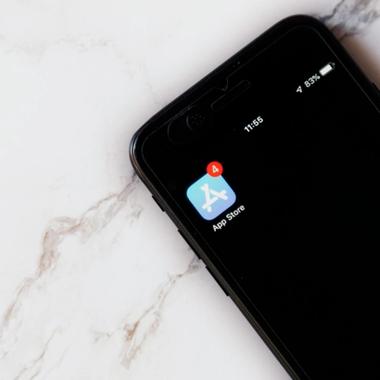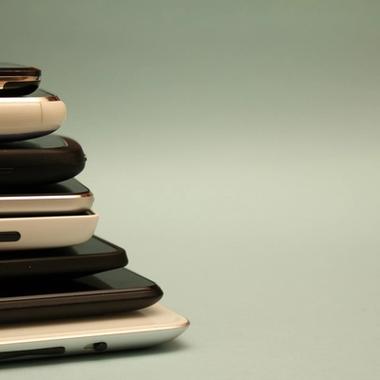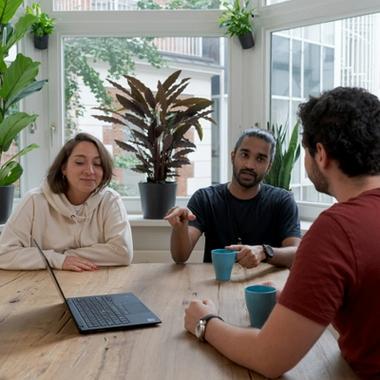We’ve all been there. You download an app, open it once or twice, maybe even mean to come back to it and then forget it exists. A week later, you spot it gathering digital dust, shrug, and hit delete.
It’s not just you. It’s most people.
That moment (the quiet, almost automatic uninstall) is the harsh reality for the majority of apps on the market today. And it’s not just frustrating for users. For the businesses behind those apps, it’s devastating. You’ve invested time, budget, and energy into building something you believed people would love. So why didn’t they?
Here’s the truth: getting someone to download your app is only half the battle. The real challenge is making it valuable enough for them to stick around. And that’s where great app developers - and the right app development agency - can make all the difference.
Let’s take a closer look at why apps get abandoned, what the data tells us, and how we, as app experts, design and develop apps that go beyond first impressions.






